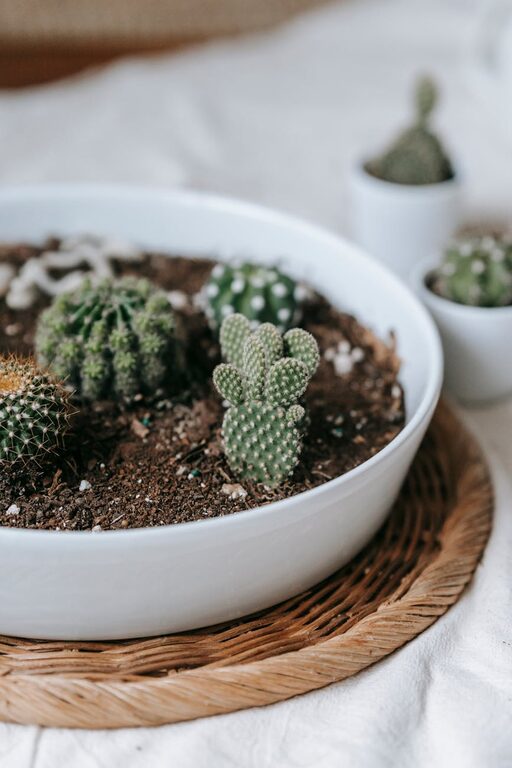Starting an indoor herb garden is a rewarding and enjoyable way to bring fresh flavors directly into your kitchen. Whether you have limited outdoor space or want to grow herbs year-round, this guide will help you start a small herb garden indoors with simple steps and practical tips.
Why Grow Herbs Indoors?
Growing herbs indoors offers several benefits:
– Fresh, flavorful herbs available at your fingertips
– Control over growing conditions without worrying about outdoor pests
– Decorative green plants that brighten your living space
– A satisfying hobby that’s easy to maintain
Choosing the Right Herbs for Indoor Gardening
Some herbs adapt better to indoor environments than others. Here are some popular and easy-to-grow options:
Best Herbs to Grow Indoors
– Basil: Requires plenty of sunlight and warmth, great for cooking.
– Mint: Hardy and spreading, but best kept in its own container.
– Parsley: Prefers bright indirect light, slow but steady growth.
– Chives: Adapt well to indoor light, perfect for garnishes.
– Thyme: Thrives in sunny spots and well-drained soil.
– Oregano: Needs moderate light and well-drained soil.
Selecting Containers and Soil
Containers
Choose pots with drainage holes to prevent waterlogging. You can use traditional pots, herb garden kits, or even repurpose containers like mason jars or teacups with proper drainage.
Soil
Use a high-quality, well-draining potting mix designed for indoor plants. Avoid using garden soil as it may compact and hinder root growth.
Location and Lighting
Finding the Perfect Spot
Most herbs need 6-8 hours of sunlight per day. A bright windowsill facing south or west is often ideal.
Alternative Lighting
If natural light is limited, consider using LED grow lights. Position the light about 6-12 inches above the plants and keep it on for 10-12 hours daily.
Planting Your Herbs
Steps to Start
- Fill your containers with potting mix, leaving about an inch from the top.
- Plant seeds or transplant small herb plants, following spacing recommendations on seed packets.
- Water gently to moisten the soil but avoid overwatering.
- Label your herbs to keep track.
Watering and Maintenance
Watering Tips
– Most herbs prefer soil that is moist but not soggy.
– Check soil moisture by sticking your finger about an inch deep; water when it feels dry.
– Avoid letting herbs sit in standing water.
Fertilizing
Feed your herbs every 4-6 weeks with a balanced, water-soluble fertilizer diluted to half strength.
Pruning and Harvesting
Regularly pinch off leaves to encourage bushier growth and prevent flowering, which can reduce leaf flavor.
Dealing with Common Issues
Pests
Indoor herbs can attract pests like aphids or spider mites. Wipe leaves with a damp cloth and use natural insecticidal soap if necessary.
Yellow Leaves or Slow Growth
This can result from overwatering, insufficient light, or nutrient deficiency. Adjust watering habits and ensure proper lighting.
Tips for Success
– Rotate your pots every few days to ensure even light exposure.
– Keep the temperature steady, ideally between 65-75°F (18-24°C).
– Clean containers and tools regularly to avoid disease.
Final Thoughts
Starting an indoor herb garden is a simple and enjoyable way to add fresh flavors to your meals and brighten your home. By choosing the right herbs, providing adequate light and care, and maintaining your plants regularly, you can enjoy fresh herbs all year round.
Happy gardening!

